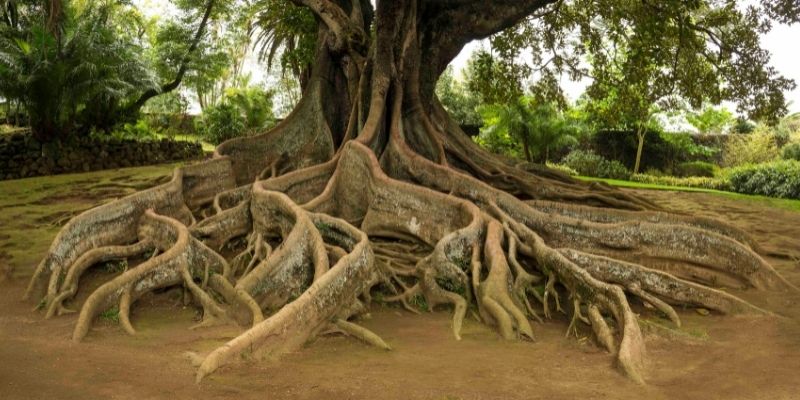
Trees and bamboo plants are staples in many outdoor landscapes. Although these natural elements provide shade, food, habitats, and clean air, their roots can cause structural damage to surrounding areas. In this blog, we’ll talk about how a root barrier can protect your plants and neighboring structures and why you should consider installing one.
What is a Root Barrier?
Tree or bamboo root barriers is essential for maintaining outdoor landscaping and eliminating potential damage caused by roots. Trees and plants will flourish in the right areas and their roots will continue to expand. A root barrier works to naturally contain these roots and protect both crops and structures nearby. Not only does this preserve the spaces you currently have, your tree root barrier will also save you money in the long run.
Why Do I Need One?
Root barriers come in two basic forms – chemical and physical. Although a chemical barrier can sound simpler, it’s more harmful to your agriculture and the environment. We recommend using a physical root barrier to redirect roots without physically harming your plants. A high-density HDPE is a type of root barrier that creates a waterproof seal to contain moisture in the soil and protect your surrounding foundations.
What is the Difference Between Tree Root Barriers and Bamboo Root Barriers?
Although it is best to install at the time of planting, a tree root barrier can be added after you have planted your tree. The main difference between the two installations is how many roots you have to manage. Previously planted trees may need a safe root trimming while newly planted trees may not have to undergo this trimming process.
Bamboo root barriers, on the other hand, need to be installed at the time of planting. Bamboo grows much more quickly than typical trees and plants and can cause damage to your structural areas sooner. For these liners, we recommend using a custom-fabricated HDPE geomembrane liner instead of a standard stock size of HDPE root barrier because of the continuous protection offered by the versatility of the material.
How Do You Install a Root Barrier?
Whether you’re installing a root barrier for a standard tree or bamboo tree, it’s important to install your barrier at the right depth. At a minimum, the root barrier needs to be installed 30 inches deep and must extend above the surface of the soil. This helps prevent roots from growing over the top of the root barrier as well.
Trees with larger tree roots, such as pecan trees, may require a depth deeper than 30 inches. Due to the water table of these types of trees, the soil and planting area swells in wet seasons and shrinks during dry seasons. This water storage can be present within 20 feet of the surface of the soil. If the root barrier doesn’t get installed deeply enough, this swelling and shrinking can cause significant damage to the interior of surrounding structures.
Root barriers are essential for protecting your crops and your surrounding landscape.
Give us a phone call and talk with one of our sales representatives to request pricing and discuss the needs of your project at 760-388-6294.
Trusted by Growers, Builders, and Distributors
Americover is the smart source for plastic and polyethylene sheeting. Trusted by contractors and distributors across the construction and agriculture industries, our American-made products combine reliability with quality and innovation.
As an Americover client, you will receive the personalized support of a dedicated account manager to simplify the ordering process and ensure the best solution for each of your construction projects. Our friendly, knowledgeable staff is here to answer your questions and fulfill orders Monday-Friday from 6 a.m. to 6:30 p.m. Pacific Standard Time.

